Buy this digital art artwork Square Limit Octagon by Tis Veugen as a reproduction on canvas, ArtFrame, poster and wallpaper, printed on demand in high quality.
About "Square Limit Octagon"
by Tis Veugen
About the artwork
This image is a remake of M.C. Escher's Square Limit woodcut. A fish generates two smaller fish towards the border, each with half its surface area. This creates a fractal structure, with (in theory) an infinite number of microscopic fish at the border. The substitution scheme at the diagonals has been made consistent, so that one fish also generates two smaller fish there. As a result, the shape of the overall image becomes a non-regular octagon instead of a square. (The longer sides of the octagon are the square root of 2 longer than the shorter sides.) The fish in the middle, and therefore their offspring, are rotated 45 degrees compared to Escher's original. In this plate, all the fish are uniform, unlike the original Square Limit woodcut. Escher “cheated” a bit and changed the fins of the fish so that they became different. For example, he made the left fin of the big red fish a triangle smaller so that the left fin of the smaller gold fish became larger. Escher probably did this for artistic reasons, as Peter Henderson pointed out in "Functional Geometry", October 2002 (and 1982).

About Tis Veugen
My training as a mathematician and my experience as a software programmer are the basic elements for designing my works of art. Since my retirement in 2019 I have started creating digital art with a mathematical slant. The works of M.C. Escher are a source of inspiration. Thanks to programs.. Read more…
 Germany
Germany Ordered in December 2021
Ordered in December 2021
 Netherlands
Netherlands Ordered in October 2024
Ordered in October 2024
 Netherlands
Netherlands Ordered in November 2024
Ordered in November 2024
 Germany
Germany Ordered in August 2021
Ordered in August 2021
 Germany
Germany Ordered in February 2023
Ordered in February 2023
 Germany
Germany Ordered in February 2022
Ordered in February 2022
 Germany
Germany Ordered in September 2019
Ordered in September 2019
 Netherlands
Netherlands Ordered in January 2019
Ordered in January 2019
 Germany
Germany Ordered in March 2020
Ordered in March 2020
 Netherlands
Netherlands Ordered in September 2023
Ordered in September 2023
 Germany
Germany Ordered in September 2023
Ordered in September 2023
 Germany
Germany Ordered in December 2024
Ordered in December 2024
About the material
ArtFrame™
Interchangeable Art Prints
- High-quality print
- Easily interchangeable
- Acoustic function
- Large sizes available
Discover the artworks of Tis Veugen
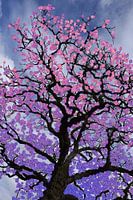 BlossomTis Veugen
BlossomTis Veugen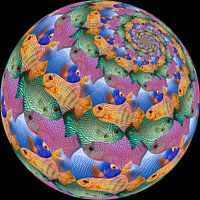 Fish Sphere SurfaceTis Veugen
Fish Sphere SurfaceTis Veugen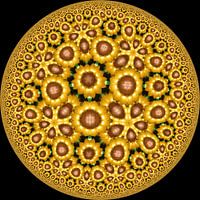 Glow SunflowersTis Veugen
Glow SunflowersTis Veugen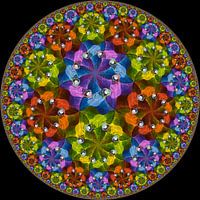 Dance of ParrotsTis Veugen
Dance of ParrotsTis Veugen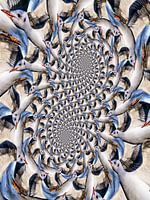 Seagull RhododendronTis Veugen
Seagull RhododendronTis Veugen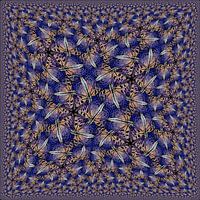 Square ButterfliesTis Veugen
Square ButterfliesTis Veugen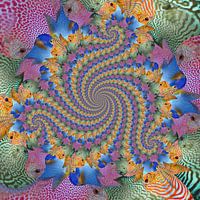 Triple Spiral of Four FishTis Veugen
Triple Spiral of Four FishTis Veugen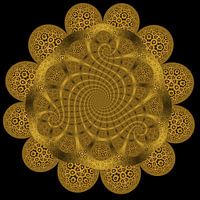 Trio Spiral of Sunflowers IITis Veugen
Trio Spiral of Sunflowers IITis Veugen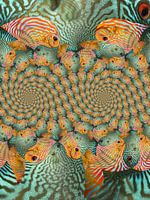 Double Spiral of Tropical FishTis Veugen
Double Spiral of Tropical FishTis Veugen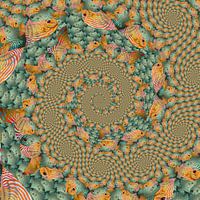 Spirals of Tropical FishTis Veugen
Spirals of Tropical FishTis Veugen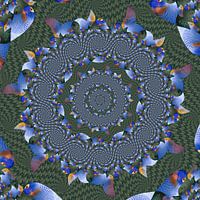 Circles of Spirals of Tropical Fish ITis Veugen
Circles of Spirals of Tropical Fish ITis Veugen Continuous Spiral of Tropical FishTis Veugen
Continuous Spiral of Tropical FishTis Veugen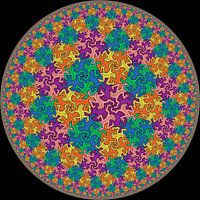 Hyperbolic LizardsTis Veugen
Hyperbolic LizardsTis Veugen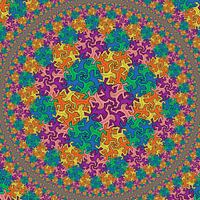 Square Hyperbolic LizardsTis Veugen
Square Hyperbolic LizardsTis Veugen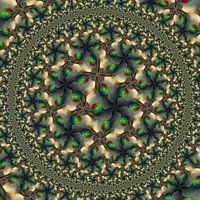 Sea lion with ballTis Veugen
Sea lion with ballTis Veugen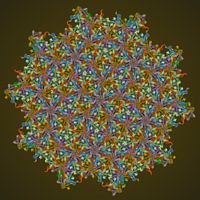 Aperiodic hawk and kingfisherTis Veugen
Aperiodic hawk and kingfisherTis Veugen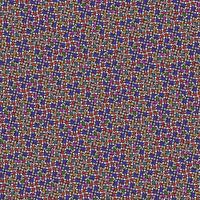 Ammann ghostsTis Veugen
Ammann ghostsTis Veugen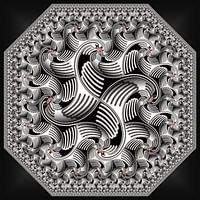 B/W Swans Octagon LimitTis Veugen
B/W Swans Octagon LimitTis Veugen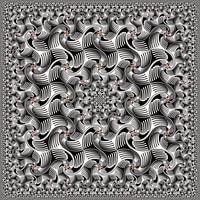 B/W Swans Square FractalTis Veugen
B/W Swans Square FractalTis Veugen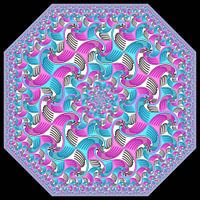 Swans Square Fractal OctagonTis Veugen
Swans Square Fractal OctagonTis Veugen
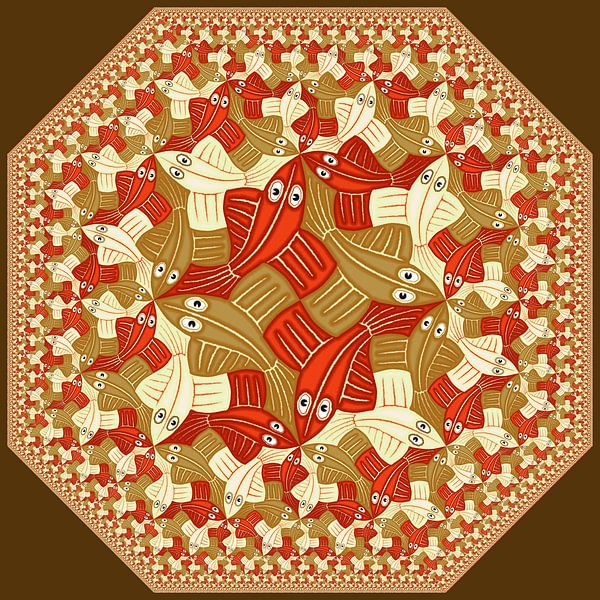












 Digital art
Digital art Fishing
Fishing Fractal
Fractal Geometric
Geometric Modern shapes and lines
Modern shapes and lines Optical illusions
Optical illusions Symmetry
Symmetry Vibrant Colors
Vibrant Colors Whimsical Wonders
Whimsical Wonders









